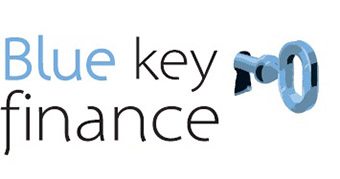Bridging loan
In a perfect world, we would all be able to precisely match up the dates that we sell our existing home and purchase a new one. But in the real world, amid price fluctuations, slowing auction clearance rates and general market uncertainty, many of us find our new dream home before we dispose of our existing one. A bridging loan is not a new concept, although it has enjoyed a marked increase in popularity after banking deregulation. As the name implies, it is a loan that serves as a bridge, enabling purchase of a new property before the existing one is sold.
Before banking deregulation it was perceived to be higher risk, and accordingly interest rates on a bridging loan were very high. Now, a number of our lenders have developed products, which charge very low competitive interest rate.
A bridging loan is not for everyone – it pays to have built up at least 50% of your existing home’s value in equity before you attempt a bridging loan. Otherwise, you may end up paying a prohibitive amount of interest.
How does a bridging loan work?
A bridging loan tides you over between the purchase of your new home and the sale of your existing one. The size of your commitment is calculated by adding the value of your new home to your current home loan balance then subtracting the likely sale price of your existing home. What’s left is referred to as your “ongoing balance,” and represents the principal of your bridging loan.
Bridging loans are interest-only, so during the bridging period of say, six months, interest will be compounded monthly on your ongoing balance at the standard variable rate. The interest bill will then be added to the ongoing balance when you sell your house, and this amount becomes the mortgage on the new property.
While the interest rates on bridging loans are now comparable with ordinary mortgages, don’t forget that you are still essentially carrying two mortgages, and during the bridging period you are not paying anything off. The longer you take to sell your existing home, the higher your interest bill, and hence your new mortgage, will be.
What are the risks of a bridging loan?
Firstly, do your sums and chat to us, to make sure you can afford a bridging loan. One of the biggest issues in a bridging loan is that you may overestimate the likely sale price of your existing property, and fall short of the amount required to pay out the bridging loan.
As with all residential property transactions, its important not to let your emotions get in the way. Don’t think with your heart, and create an idealised figure in your head that you think your property is worth. Be prepared to meet the market.
A bridging loan is still subject to the usual array of mortgage-related costs. The application fee for the bridging loan is generally around $600, which includes a valuation of one of the properties. The valuation of the other property will cost between $200-$220.
You will also be up for a mortgage registration fee of around $114.
However, the greatest risk is that your property will not sell within the bridging period. If you don’t sell your existing home within the bridging period, a lot of lenders will up the interest rate. Most will require you to bring the loan back to a principal and interest basis and service both loans – this can get ugly.
If structured correctly, with realistic time frames and price estimates, a bridging loan can ease the pressure of matching up settlement dates, and give you time to sell your existing property whilst securing your new one. It’s not without its risks, and requires some careful research, but if you do your sums right, you’ll be out of your old home and into your new one with minimal hassle.
It can be confusing to know whether to get a variable rate or fixed rate mortgage, and what features are important. That’s why it’s important to not only check the right rates, but make sure that you’re getting the right features in your home loan.
